20 Sweltering Summer Horror Movies
From something in the water to campground terror, these summer horror movies provide a much needed chill down the spine.
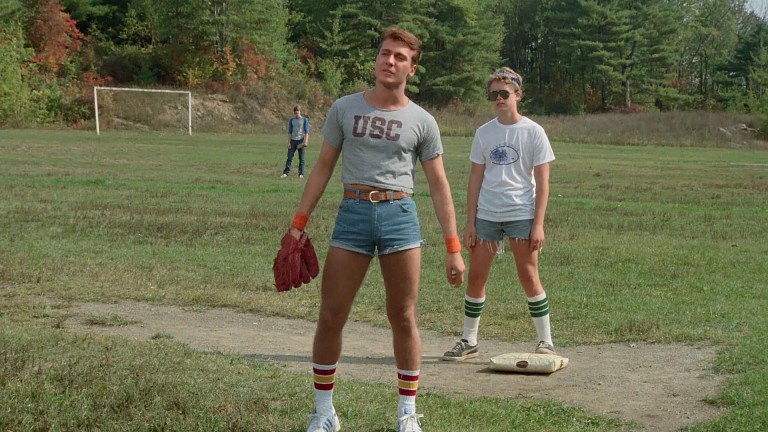
So many iconic horror movies take place during the sweltering heat of summer. Because we associate the season with happy memories and carefree vacation plans, the presence of lurking danger is unexpected. Summer horror movies contrast the idyllic nature of sunshine and fun with dark discoveries like a shark in the water or a serial killer lurking in the woods, just beyond the light of a campfire. And the best part of summer? Halloween is right around the corner.
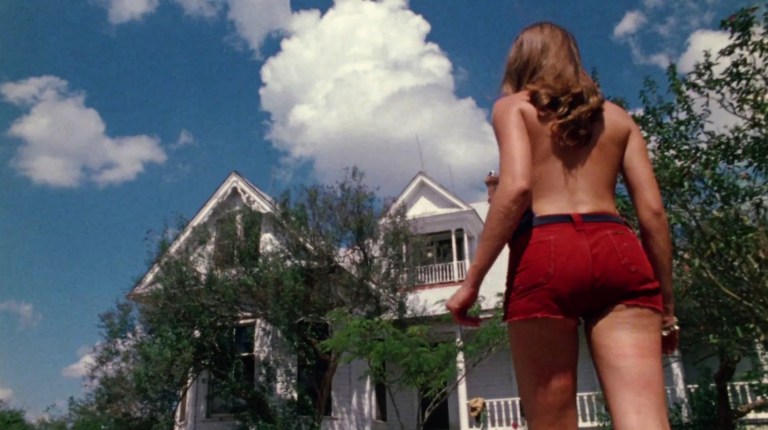
This list catalogs the best horror movies that are set in the summer. From something in the water to campground terror, these summer horror movies provide a much needed chill down the spine.
The Texas Chainsaw Massacre (1974)
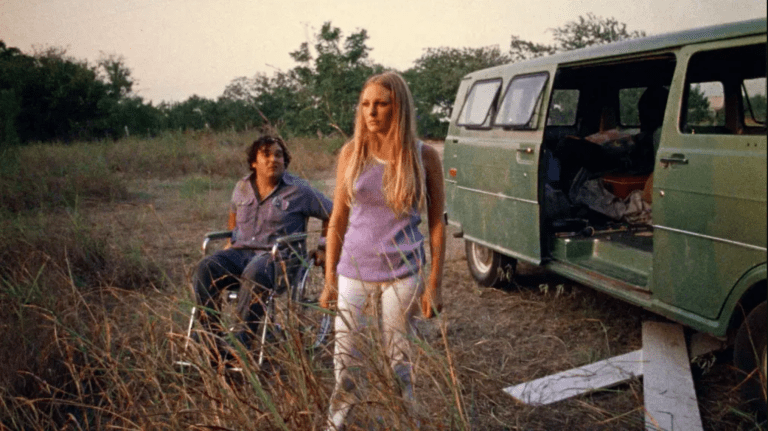
Five young people endure the Texas heat for a summer road trip. After a remote gas station says they have no gas to sell, the group explores a nearby farmhouse looking for help (or gas). Unfortunately, the crew meets Leatherface and his cannibal family instead.
See also: 16 Trivia Facts About ‘The Texas Chainsaw Massacre’ (1974)
Jaws (1975)
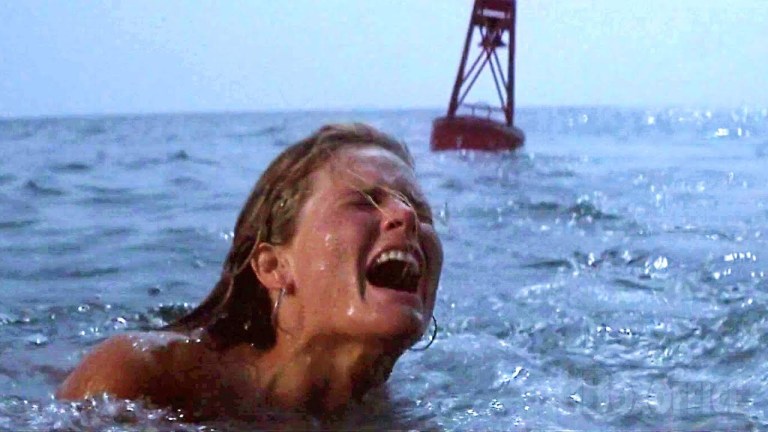
A New England beach town relies on summer tourism for its economy. They are reluctant to close their beaches, even when shark attacks take the lives of swimmers. Instead placing a bounty on the shark. This Steven Spielberg thriller is infamous its scary shark attack scenes that have caused a fear of going into the water for generations of viewers.
See also: Shark Attack Movies That Will Keep You on Dry Land
The Hills Have Eyes (1977)
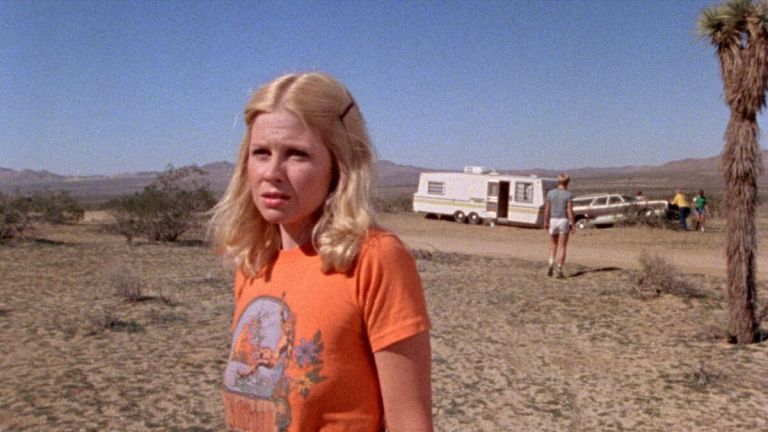
A suburban family is on a road trip through the Nevada desert to Los Angeles. Along the way, they take a detour (against warnings from locals) and find themselves stranded in the hills. As night falls, the family discovers there is a family of depraved cannibals living in the hills and they are stuck with nowhere to go, and no one coming to help them. The film was originally given an X rating and director Wes Craven had to cut it down to an R in hopes of box office success.
See also: Fun Facts About ‘The Hills Have Eyes’ (1977)
Friday The 13th (1980)
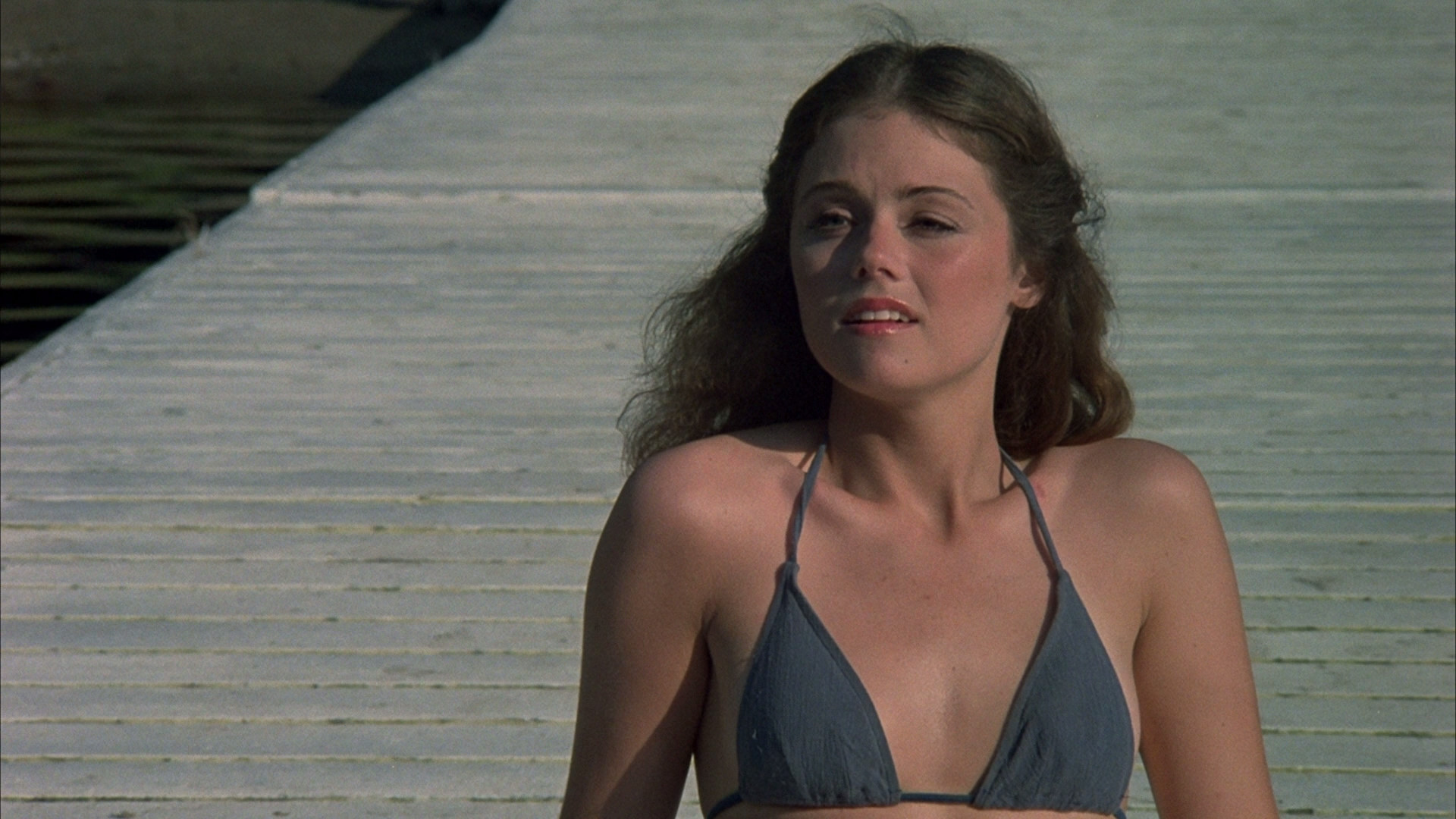
Years after a boy drowns and two staff are murdered, a new batch of counselors arrive at Camp Crystal Lake, where Steve Christy (Peter Brouwer) hopes to reopen the camp. His efforts are foiled by an unseen assailant, who kills the counselors one by one. Friday the 13th spawned over 10 sequels and rumors of a television series are still circling.
See also: The Best Campground Slasher Movies
The Burning (1981)

Friday the 13th created the fertile summer camp horror movie subgenre, of which The Burning is the second entry. A cruel prank is played on the despised caretaker of Camp Blackfoot, Cropsey, that results in him nearly being burned alive. Disfigured by burn scars, Cropsey turns to murder to self soothe. At nearby Camp Stonewater, Cropsey stalks the counselors with a large pair of pruning sheers in tow.
Sleepaway Camp (1983)

This summer camp slasher movie takes place eight years after a boating accident takes the life of Angela’s (Felissa Rose) father and sibling. Angela’s aunt sends her and her cousin Ricky (Jonathan Tiersten) to camp, where she is bullied for being shy. Soon staffers and campers start being killed off in extravagant ways. The killer is revealed in one of the most memorable (and problematic) endings in horror.
See also: Queer Horror Movies
I Know What You Did Last Summer (1997)
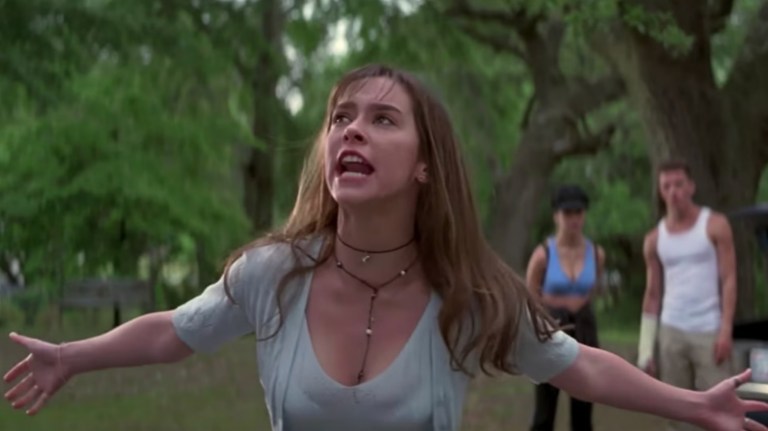
This slasher movie follows a group of four friends one year after a drunk driving accident in which they declined to call for help and instead dumped the body in the ocean. After arriving home in small town North Carolina for the summer, Julie (Jennifer Love Hewitt) receives an anonymous note threatening “I know what you did last summer!” An unseen intruder cuts Helen’s (Sarah Michelle Gellar) hair while she sleeps and Barry (Ryan Phillipe) is mowed down by a car after working out one night. Amidst the town’s Fourth of July festivities, the friends are made to pay for their past misdeeds.
See also: The 60 Best 90s Horror Movies
Eden Lake (2008)
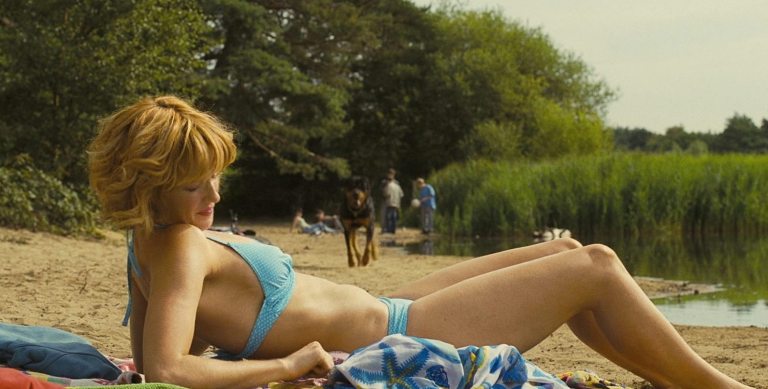
British couple Jenny (Kelly Reilly) and Steve (Michael Fassbender) plan to spend a weekend vacationing at the remote Eden Lake. They are annoyed with the group of unruly teens who are also at the lake, but a confrontation with them turns into a fight for survival. Eden Lake is incredibly violent and bleak in the lineage of The Last House on the Left (1972).
Beneath (2013)

This is a bad horror movie that is pretty fun to watch. After graduation, a group of six friends take a rowboat across a lake to party on the other side. However, a beastly fish from a local urban legend appears and stalks the boat, causing it to start sinking. The friends turn on each other in a vicious fashion when they realize the fish has a taste for blood and sacrificing each other might be their only chance of survival.
See also: Horror Movies Based on Urban Legends
The Final Girls (2015)
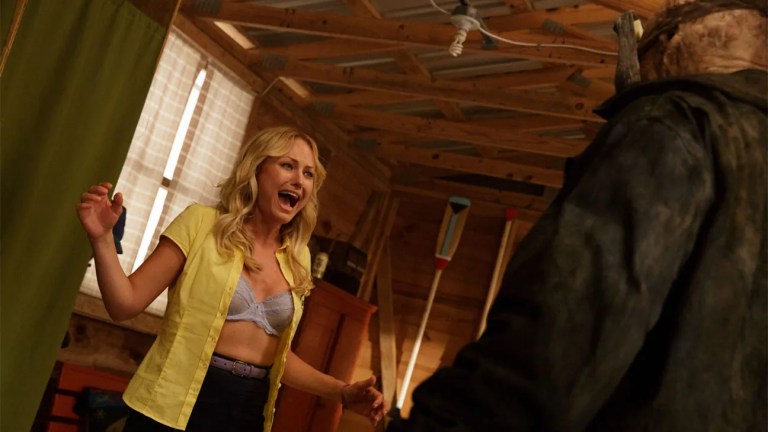
A young woman, Max (Taissa Farmiga), mourns the loss of her actress mother (Malin Åkerman) who was most well-known as a scream queen in a Friday the 13th-like horror movie. While watching her mother’s films with friends, a fire in the theater leads to the group exiting through the screen and ending up at Camp Bloodbath via a time loop. The group has to survive the “fictional” film’s villain while Max reunites with her mom.
See Also: 69+ Funny Horror Movies
Summer Of ’84 (2018)

A coming-of-age horror movie about a group of friends in a small Oregon town where thirteen boys have disappeared in the last decade. Davey (Graham Verchere) has a paper route and notices a boy inside his neighbor Wayne’s (a police officer) home subsequently appears as a missing person on a milk carton. He and his friends decide to investigate the identity of the “Cape May Slayer”.
Us (2019)

Adelaide (Lupita Nyong’o) is reluctant to go on a summer vacation with her family because of a creepy incident from her childhood where she saw her doppelgänger in a beach boardwalk house of mirrors. On the first night of the trip, Adelaide’s family is attacked by their doppelgängers who call themselves “the Tethered”. The tethered explain that they share a soul with their “real” counterparts and seek to become “untethered” by murdering them.
See also: 19 of Jordan Peele’s Favorite Horror Movies
Midsommar (2019)

Dani (Florence Pugh) loses her entire family in a tragic murder-suicide. Her boyfriend Christian (Jack Reynor) is reluctant to break up with her but distant and unsupportive. Christian’s friend Pelle (Vilhelm Blomgren) invites Dani to join their group as they travel to Pelle’s remote commune in Sweden to observe its midsummer festival, which occurs only once every 90 years. Tension between Dani and Christian grows on the trip, and the commune isn’t as friendly as they first appear.
See also: Horror Movies About Grief
The Blackening (2023)

This comedy horror movie sees a group of Black friends travel to a cabin in the woods to celebrate the Juneteenth holiday. At the cabin, they find a board game called “The Blackening”. The friends are compelled to play the game, which quizzes them about their knowledge of Black history and pop culture. Answering a question incorrectly results in murder.
See also: The Best Black Horror Movies
More horror movies set in the summer:
- Spirit Camp (2009) a goth girl is forced to attend a cheerleading camp as part of her junior delinquent rehabilitation program.
- Stage Fright (2014) a musical comedy slasher film set at a musical theater summer camp.
- Summer Camp (2015) four Americans travel to Europe to be counselors at a summer camp.
- Head Count (2018) a killer targets a group of friends vacationing in Joshua Tree.
- The Dead Don’t Die (2019) a zombie comedy with a star-studded cast that includes Bill Murray, Adam Driver, Chloë Sevigny, Steve Buscemi, Tilda Swinton, Tom Waits, Danny Glover, Caleb Landry Jones, Rosie Perez, Iggy Pop, Carol Kane, Austin Butler, and Selena Gomez
Further reading:
